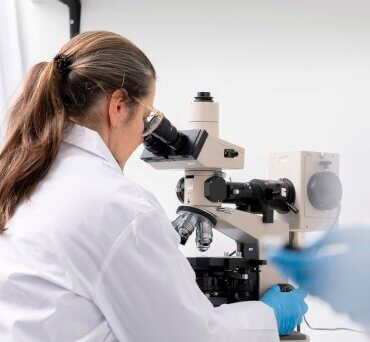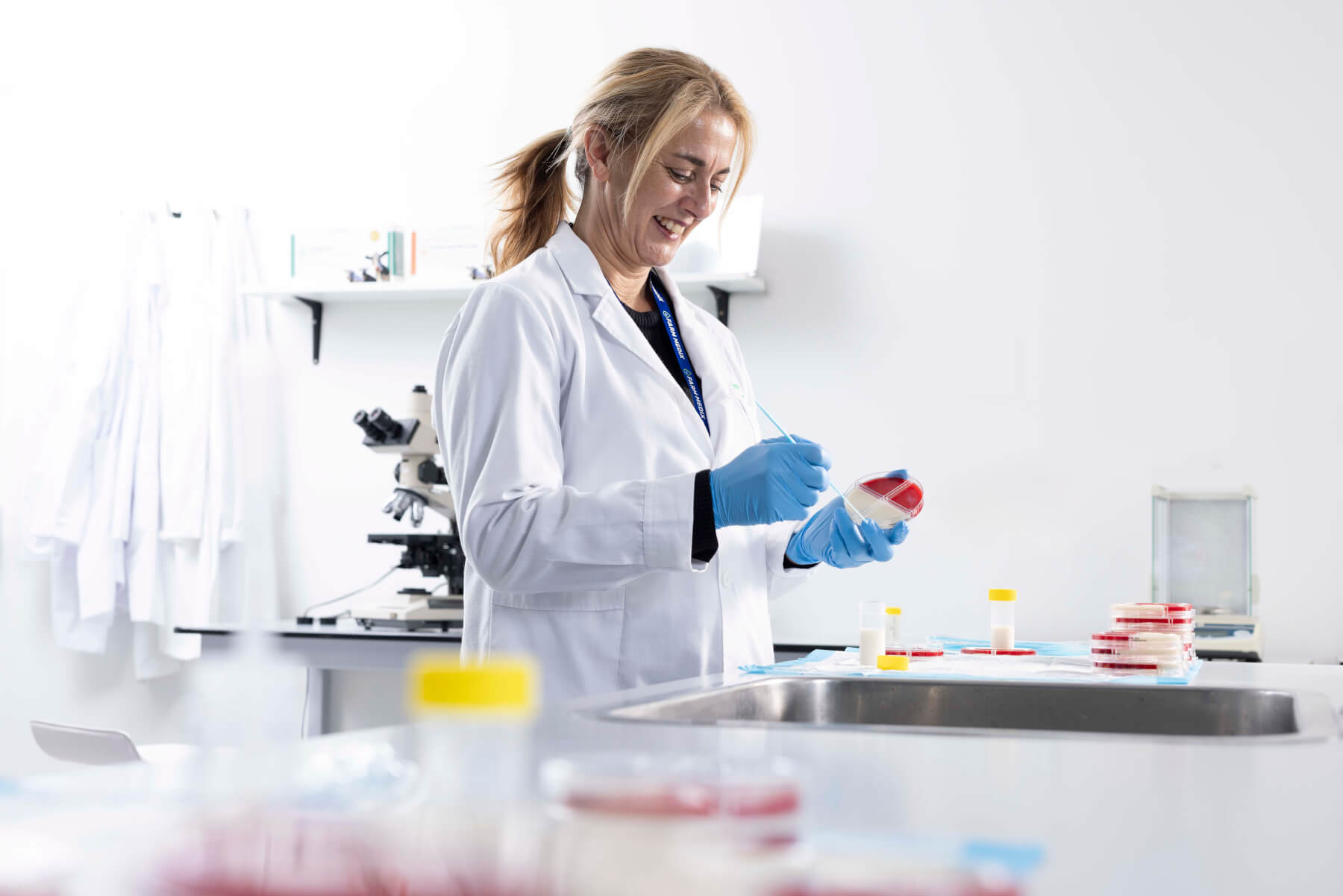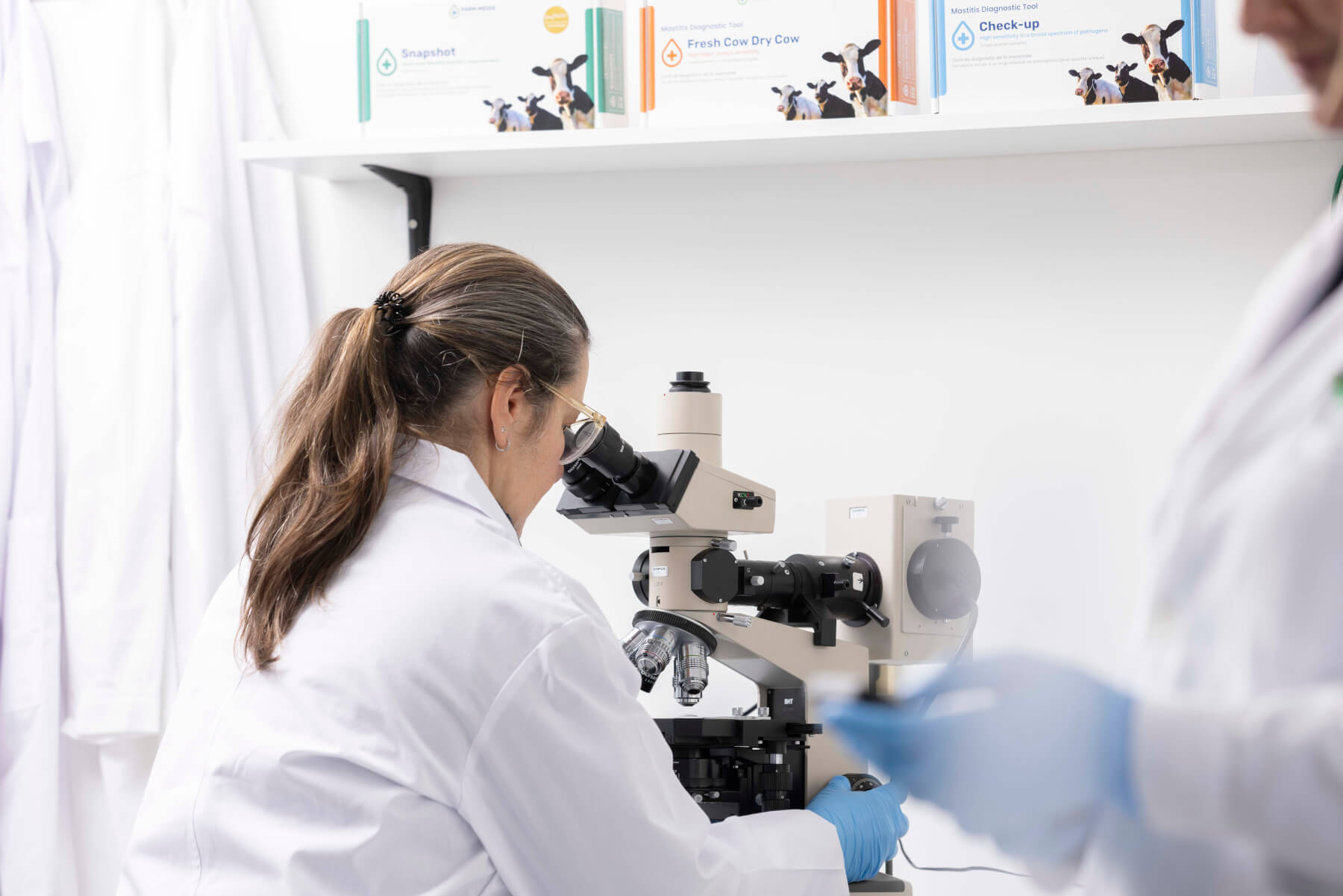
Farm Medix chief scientific officer Natasha Maguire
New Zealand’s only facility dedicated to mastitis testing at Waikato Innovation Park is helping dairy farmers reduce cases and costs.
Microbiologists at Farm Medix’s Hamilton laboratory analyse milk samples from farms across the country. Through advanced pathogen identification techniques, they partner with GEA Farm Technologies New Zealand subsidiary FIL to create strategies to lower somatic cell counts and reduce clinical bovine mastitis in herds.

Farm Medix chief scientific officer Natasha Maguire at work.
Paeroa dairy farmer Stephen Begbie credits FIL for the significant reduction in mastitis cases on his farm over three years.
“I had been grappling with a significant mastitis problem, the somatic cell count was spiking up and down, reaching as high as 380,000.”
Begbie tested his whole herd. Out of 320 cows, 30 were identified as having Staphylococcus aureus. By segregating these cows, milking them last and supplying milk without the Staphylococcus aureus cows in the vat, he reduced the somatic cell count from 380,000 to 85,000 in one day.
Last year, Begbie only had six cases of mastitis and by taking a selective approach to drying off, he only had to dry cow 10 per cent of his herd.
Begbie is a strong advocate of lab testing, allowing for ongoing monitoring and targeted interventions.
He saved between $2000 and $3000 on dry cowing last year because his cell count was so low.
Mastitis control accounts for about 85 per cent of antibiotics used on New Zealand dairy farms.
“Dairy companies are realising that preventing mastitis, not just treating it, results in more milk in the vat,” said FIL national sales manager Colin May.
“Through evidence-based interventions, we are improving milk quality, increasing herd productivity and supporting sustainable agricultural practices, both within New Zealand and globally.”

Farm Medix chief scientific officer Natasha Maguire at work.








